How much will my roof leak repair cost?
How much will my roof leak repair cost? How much will it cost for a totally new roof? Questions we hear almost every day, however there is no black and white answer. No matter what the circumstance, it always comes back to how much of your hard earned money it’s going to take to ensure that your roof is in optimal condition and your home is protected from the elements.Everyone’s home is different and prices vary due to location, size of the repair and the materials used. The best way to find out the cost of a repair is to give us a call and we will aim to get to you within the week and can offer you a free quote on the day, offering the best quality materials and customer service. It must be noted that without a good quality, well installed roof your building with be susceptible to damp and rot may occur from the top down. Structural joists and beams will be in the line of fire, as well as ceilings and electrics, it really does pay to have a quality roof!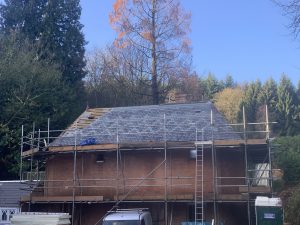
How long can I expect my roof to last?
As to be expected, there are many factors that can prolong or shorten the life of your roof, but in general, a brand new roof can be expected to withstand around 20 years of weathering, with flat roofs naturally lasting less time as water doesn’t run off them as fast. However, a well installed GRP Fibreglass roof installed with top materials can be expected to last upwards of 20 years. There are also elements that affect this lifespan, for instance if you live in an area that experiences weather conditions such as heavy snowfall regularly, your roof may last shorter than is standard. Roofs that are regularly inspected and maintained should last longest and your home will stay protected from the elements for longer.
How long will it take to install a new roof?
When your roof begins to leak, it’s not something you can put off until next year, you need it fixed quickly.Trust us when we say it pays to have a good roof! You may also be unsure of what a repair is needed, whether it’s an easy repair or maybe you’ve reached the end of your current roof’s lifespan and its time for a new roof, rest assured the process is more simple than you may think.
Should a new roof be installed in winter?
There are certainly more advantageous times of year to install a new roof or commission a repair, autumnal and spring showers may cause delays in the work that needs doing as roofers are often unable to work in the rain. Also, GRP Fibreglass needs bone dry conditions with little moisture in the air to allow the resin to cure properly. However, as roofers in England we are experienced at working in harsher climates, meaning that all jobs are feasible in the winter. If its not an urgent repair you need, plan it carefully and book in a job well before the summer to ensure you can be fit in.
Should I install a completely new roof or continue repairing the existing one?
You may have heard that you can continue replacing tiles or slates on your roof for years instead of installing a new roof, however there are times when a new roof is preferable. Constantly replacing materials won’t always stop your ceiling from leaking and internal damage may occur, meaning that its time to call out the professionals so that they can keep your interiors dry. Additionally, if your tiles or slates continue to slip, they will need refastening or it could be dangerous for those walking directly underneath. This doesn’t necessarily require an entire new roof but it is worth getting an expert out to identify the looser tiles in order to keep your home secure.
What materials should I use?
When considering what materials to use, there are a few elements to consider, for example planning permission and budget. For pitched roofs, the most common materials to use are slate or tiles. Slate can either come in natural form or man made, with the latter usually working out cheaper. When it comes to tiles, the two most common options are clay or concrete with concrete costing considerably less. The more expensive options will usually be more aesthetically pleasing and they are often longer lasting, however they are not always necessary concrete tiles and cement fibre slates will be more than adequate for the vast majority of roofs. They each come in a range of sizes and even colours.
On flat roofs there are a range of options including lead, GRP fibreglass, Rubber and more traditional felt. For more information please see our solutions page.
The team at Sacklyn roofing are experienced and professionally trained roofers who will do their best to fix all your roof-related problems in the shortest time possible. We provide a high quality service that ensures that your roof will withstand 20+ years of weathering. For more information visit our main site www.sacklynroofing.co.uk or read our recent blog posts. So if you’re looking for a quote for your next project, or just some information on your roof leak repair cost, contact us now.
Feel free to check out our Instagram for regular updates and like us on Facebook!

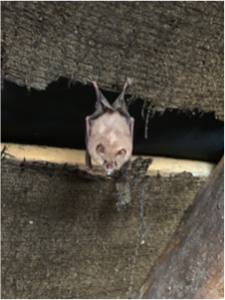 These virtually harmless animals can go largely unnoticed as their droppings tend to be odour free and dissolve quickly and they wont bring dead prey inside their roosts (unlike our feline friends!). Your wooden rafters and insulation will be kept in tact and females only give birth once a year, meaning that an infestation is not on the cards.
These virtually harmless animals can go largely unnoticed as their droppings tend to be odour free and dissolve quickly and they wont bring dead prey inside their roosts (unlike our feline friends!). Your wooden rafters and insulation will be kept in tact and females only give birth once a year, meaning that an infestation is not on the cards.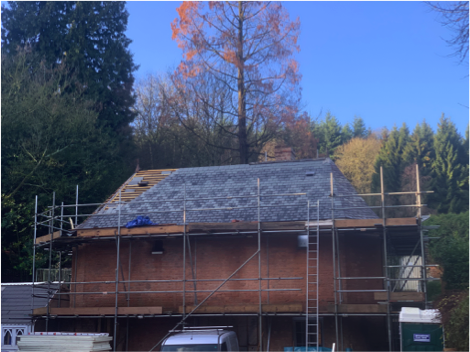

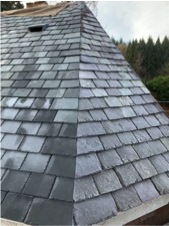 We also matched the original mitered hips using a hidden gutter to drain away any rainwater.The hip ends were formed out of the original slate that we were salvage whilst stripping the old roof.
We also matched the original mitered hips using a hidden gutter to drain away any rainwater.The hip ends were formed out of the original slate that we were salvage whilst stripping the old roof.
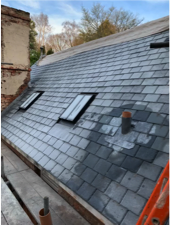 In order to make the roof as authentic as possible, we replicated the original diamond pattern with the two contrasting slates. Another part of the restoration, through following advice from the licenses bat experts, we were able to reinstall the original hoppers with new lead so that bats use could use them to travel in and out of the loft. The original lead finials (details at each end of the ridge) were similarly restored and reused to keep the character and heritage of the building alive. All new lead (soakers and back gutters) was fitted to the chimneys. Two conservation roof lights were added to the rear face to increase the amount of natural light inside. Old
In order to make the roof as authentic as possible, we replicated the original diamond pattern with the two contrasting slates. Another part of the restoration, through following advice from the licenses bat experts, we were able to reinstall the original hoppers with new lead so that bats use could use them to travel in and out of the loft. The original lead finials (details at each end of the ridge) were similarly restored and reused to keep the character and heritage of the building alive. All new lead (soakers and back gutters) was fitted to the chimneys. Two conservation roof lights were added to the rear face to increase the amount of natural light inside. Old 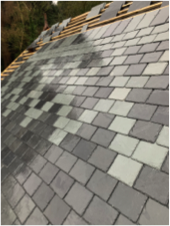 slater’s under felt was used as opposed to a more modern breather membrane; this is for the benefit of the bats as they can hang from the old felt with no trouble. It’s said that more modern felt is manufactured differently so that when the bats hang on it they actually get caught up in the fibers and they cannot escape once caught.
slater’s under felt was used as opposed to a more modern breather membrane; this is for the benefit of the bats as they can hang from the old felt with no trouble. It’s said that more modern felt is manufactured differently so that when the bats hang on it they actually get caught up in the fibers and they cannot escape once caught.